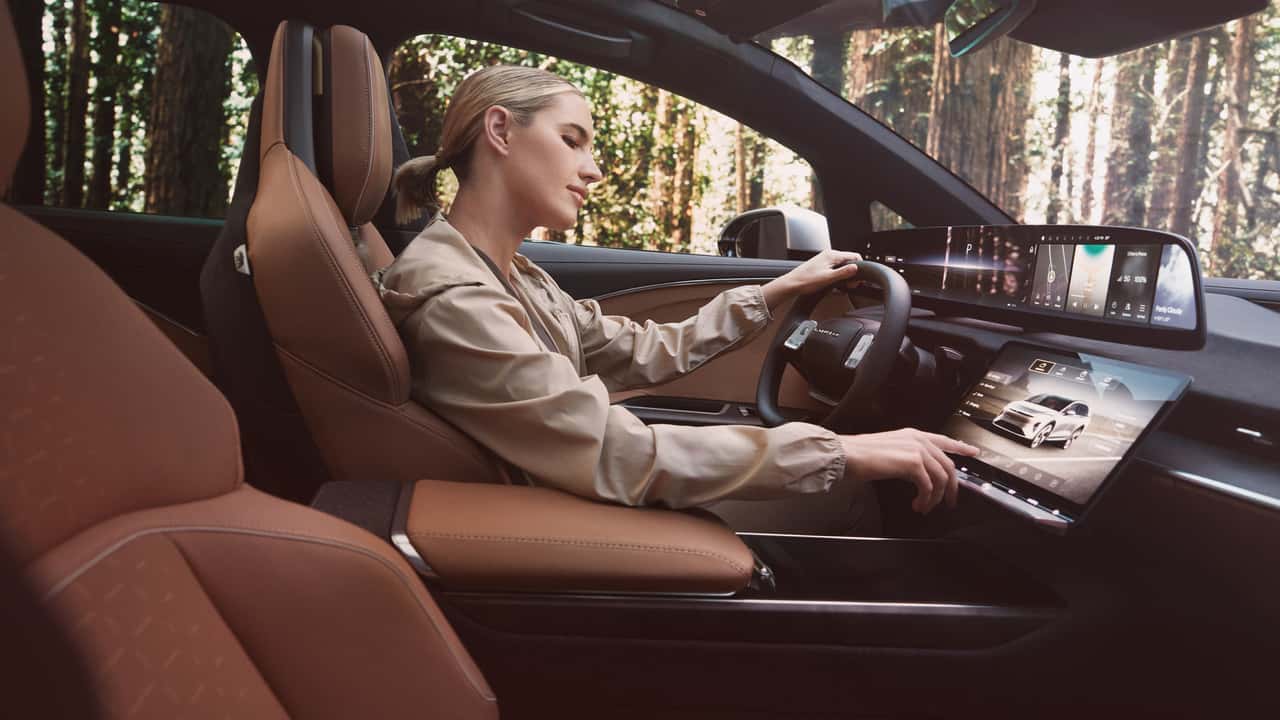Tesla fans are divided by the automaker’s controversial steering “yoke,” which swaps out the conventional wheel for a rectangle that’s more akin to what you’d find in an airplane’s cockpit or a Formula One race car. Some buyers see it as yet another stroke of genius from Elon Musk. Others think it makes driving more cumbersome with little upside.
Up-and-coming Tesla rival Lucid Motors, for its part, isn’t convinced. The California-based EV startup considered adding a yoke to its upcoming Gravity SUV but had too many concerns about operability, Derek Jenkins, the firm’s Senior Vice President of Design and Brand, told me at an event previewing the new model earlier this month.
“We just felt it was a compromise we weren’t willing to make,” he said.

Unveiled at November’s Los Angeles Auto Show, the Gravity is a futuristic, three-row family-hauler with an impressive projected range of 440-plus miles. It will start at under $80,000 and go on sale in late 2024. Lucid’s second model after the Air sedan, the Gravity will give the fledgling startup a foothold in the huge and lucrative US SUV market. And Lucid determined that market isn’t ready to embrace the yoke.
After considering some 30 steering-wheel shapes, Lucid landed on what Jenkins described as a “squircle.” The unusual design gives drivers an unobstructed view of the sprawling screen situated just behind the Gravity’s steering wheel — that was Lucid’s main goal here — without overcomplicating the driving experience. In most cars, like Lucid’s Air, the steering wheel blocks at least part of whatever display or gauges lie behind it.
Gallery: 2025 Lucid Gravity

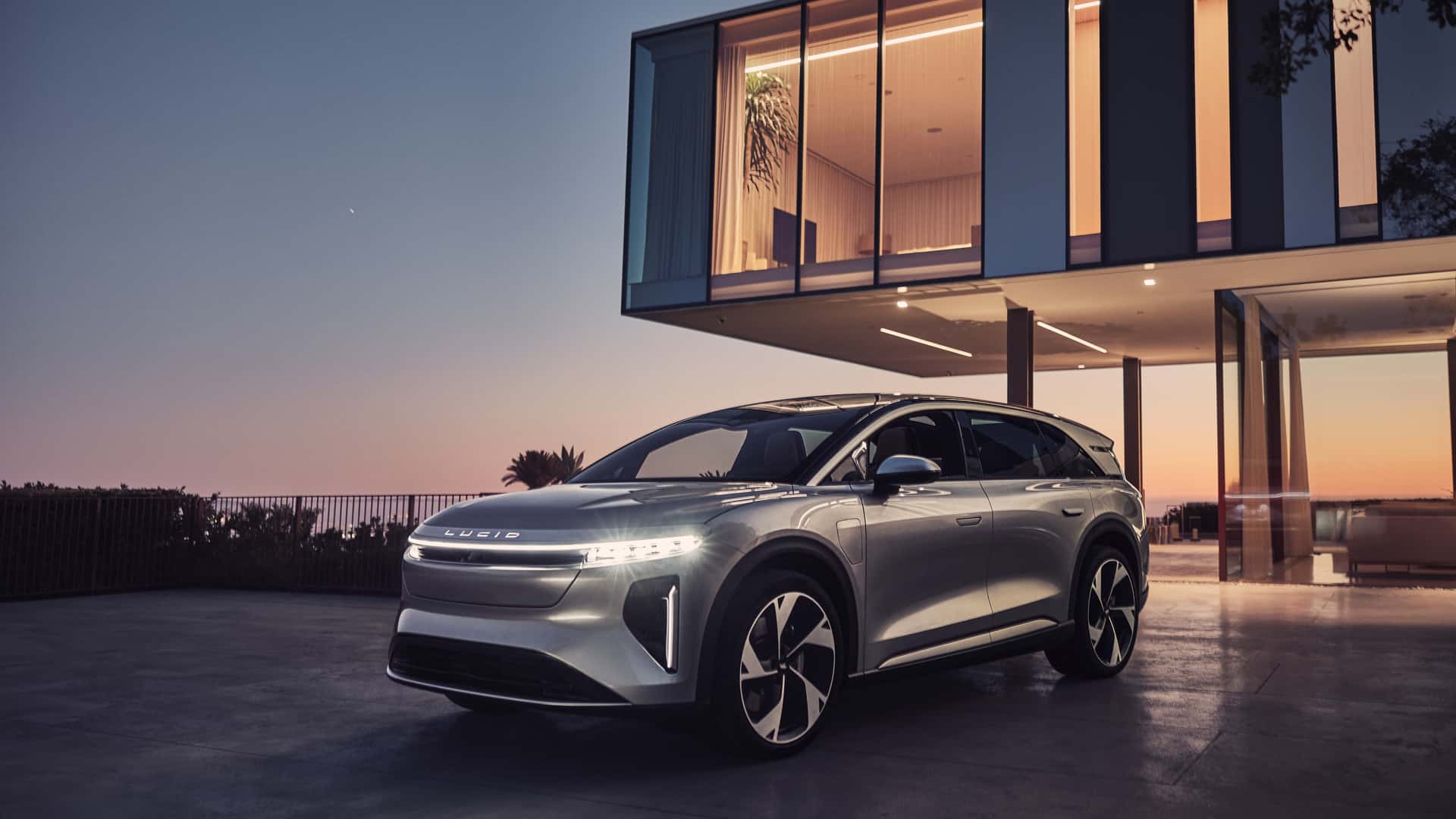
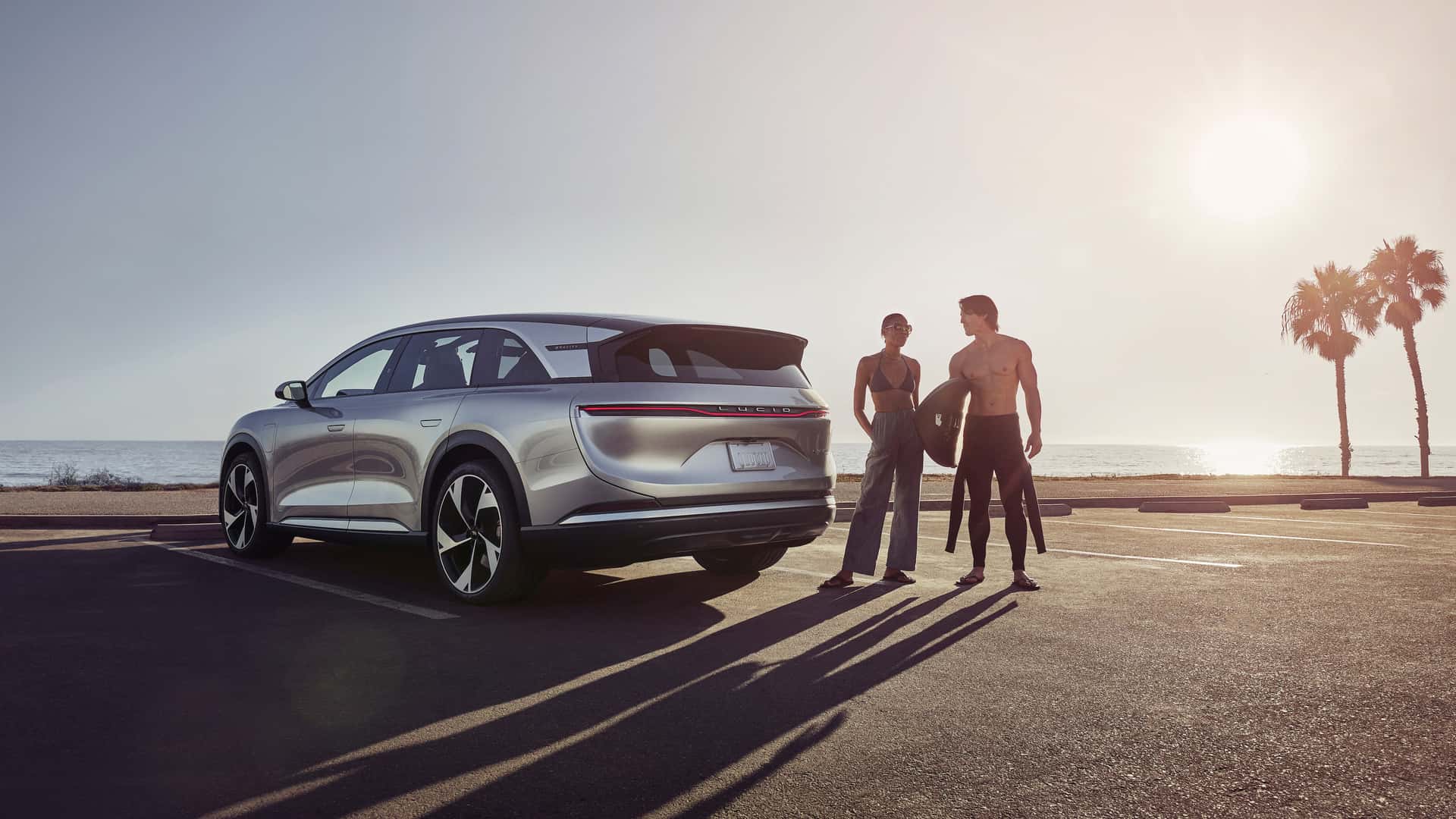

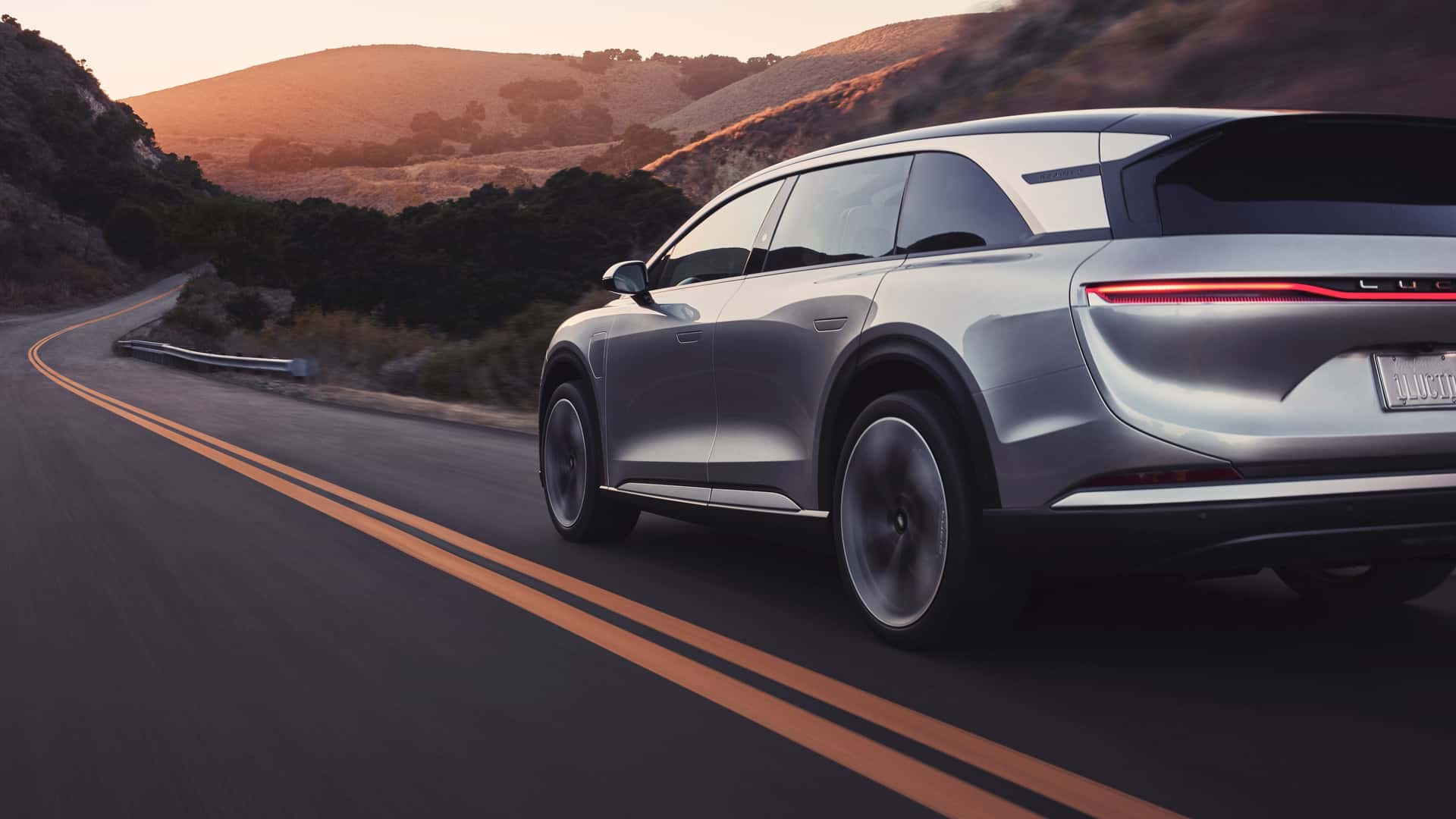
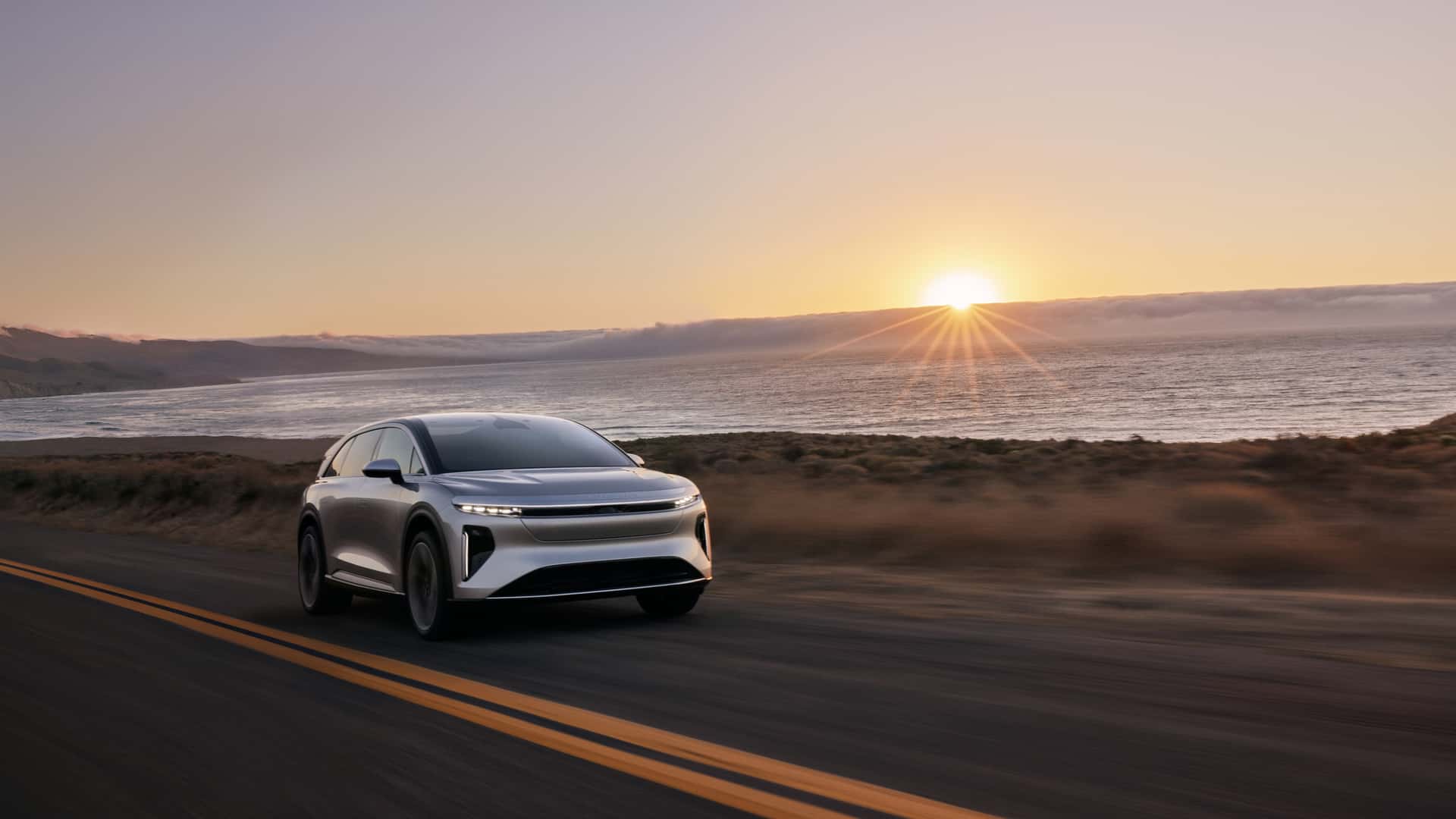
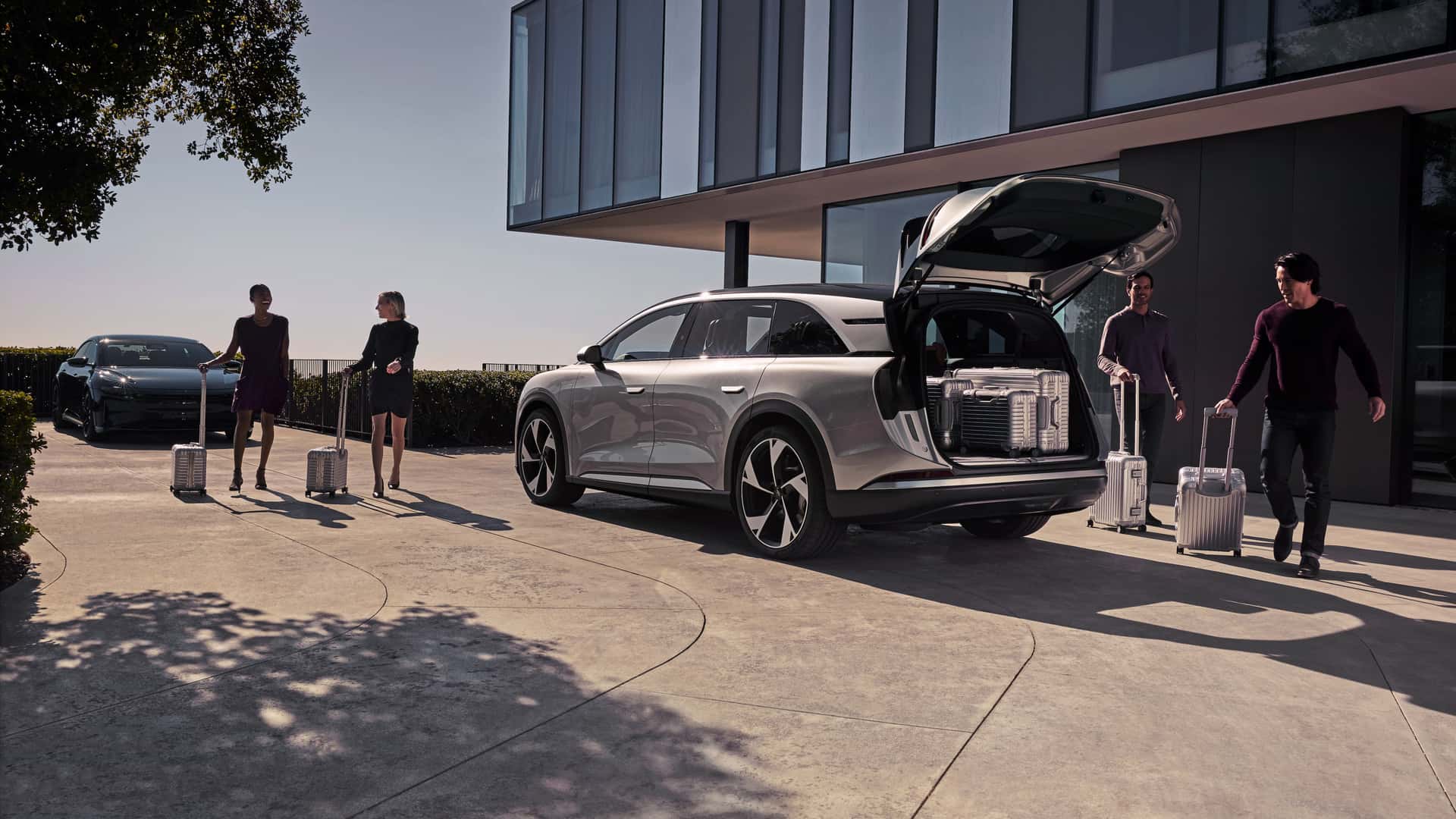

“Of course the yoke does achieve the clear viewability, but then the drivability suffers, and we weren’t going to give that up,” Jenkins said. “If I want to back up and not look at the wheel, you can’t do that with a yoke. It just doesn’t work.”
Indeed, Tesla owners and reviewers have long griped that a yoke doesn’t allow them to switch up their grip and that there’s a steep learning curve to doing anything besides going straight. One particular gripe is that Tesla’s yoke does not have a steering ratio that varies depending on speeds, making it difficult to operate in parking lots and garages. When making a three-point turn, for example, it’s much simpler to spin a wheel this way and that than a yoke. This ratio issue is something that automakers like Toyota are doing differently as they dip into new types of steering controls.

Meanwhile, Tesla’s yoke dreams may not be going well; the automaker introduced the yoke as standard equipment for two of its vehicles in 2021 but later made it a $1,000 option, perhaps relenting to the flood of complaints.
The Gravity’s squircular steerer also allows drivers to more comfortably reach the 34-inch display behind it, which is important because it’s a full touchscreen, said Eric Bach, Lucid’s Chief Engineer. New electric cars typically ditch analog gauges for sleeker, digital setups. But a touchscreen directly behind the steering wheel is highly unusual, and we don’t yet know what kinds of capabilities Lucid is cooking up.
When it comes to the world of electric vehicles, no name stands out quite like Tesla. The innovative company led by Elon Musk has been at the forefront of the technological revolution in the automotive industry, consistently pushing the boundaries of what is possible with each new model they release.
One of Tesla’s most controversial design choices came with the introduction of the Lucid Gravity, a sleek and futuristic-looking electric SUV that almost made its way into production. The Lucid Gravity was set to be Tesla’s answer to the growing demand for electric SUVs, combining the brand’s signature cutting-edge technology with a spacious and luxurious design.
However, the Lucid Gravity faced backlash from both consumers and automotive experts alike due to its unconventional design, which featured a dramatically sloping roofline and a minimalist interior. Critics argued that the design was too radical and would alienate traditional SUV buyers who were looking for a more practical and traditional vehicle.
Despite the controversy, Tesla was on the brink of releasing the Lucid Gravity to the public before ultimately deciding to shelve the project. The decision to scrap the design was a bold move by Elon Musk and his team, who are known for their willingness to take risks in pursuit of innovation.
While the Lucid Gravity may never see the light of day, the fact that Tesla was willing to experiment with such a radical design shows the company’s commitment to pushing boundaries and thinking outside the box. With each new model they release, Tesla continues to set the standard for electric vehicles and challenge the status quo in the automotive industry.
In the end, the Lucid Gravity may have been too controversial for its own good, but its brief existence serves as a reminder of the bold and innovative spirit that drives Tesla forward. As the company continues to push the boundaries of what is possible in the world of electric vehicles, it is clear that they will stop at nothing to revolutionize the way we think about transportation.

